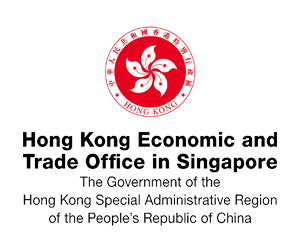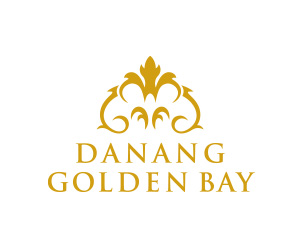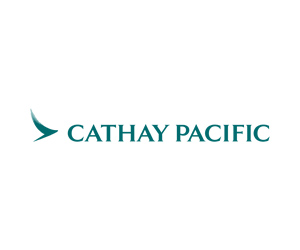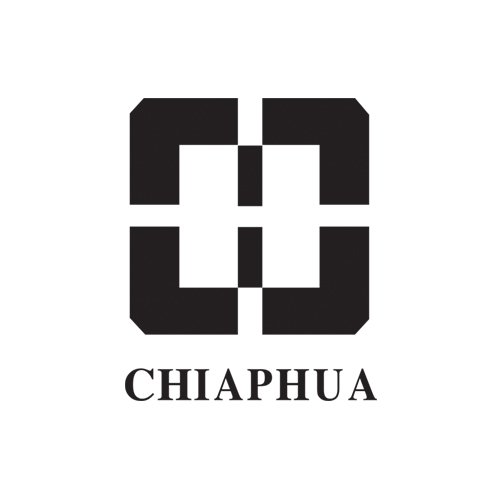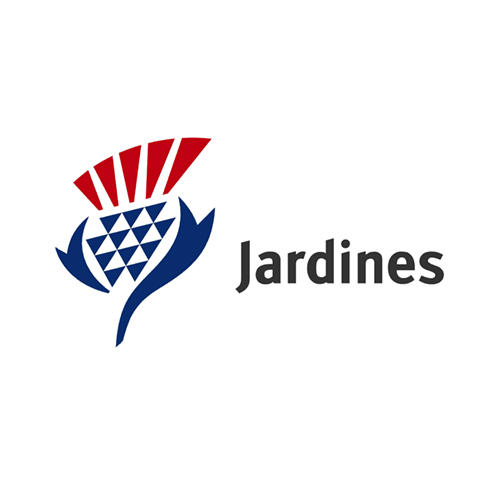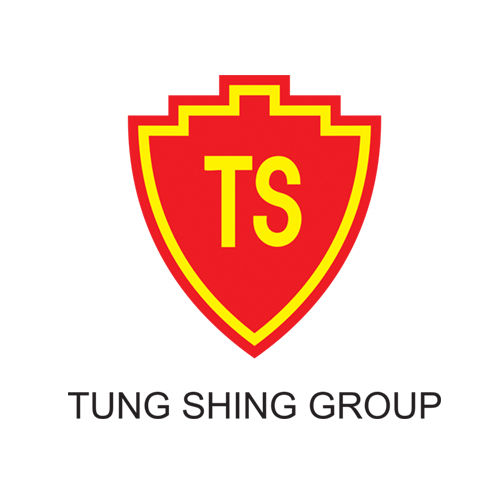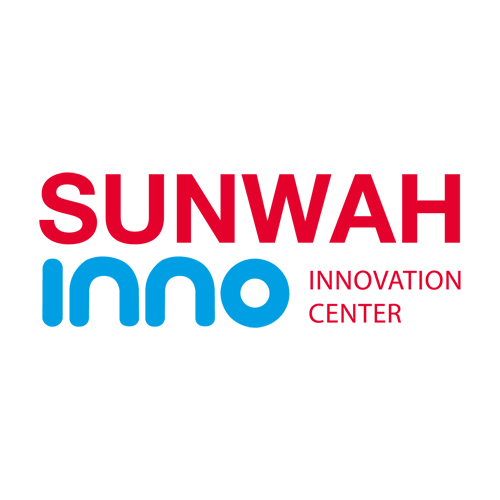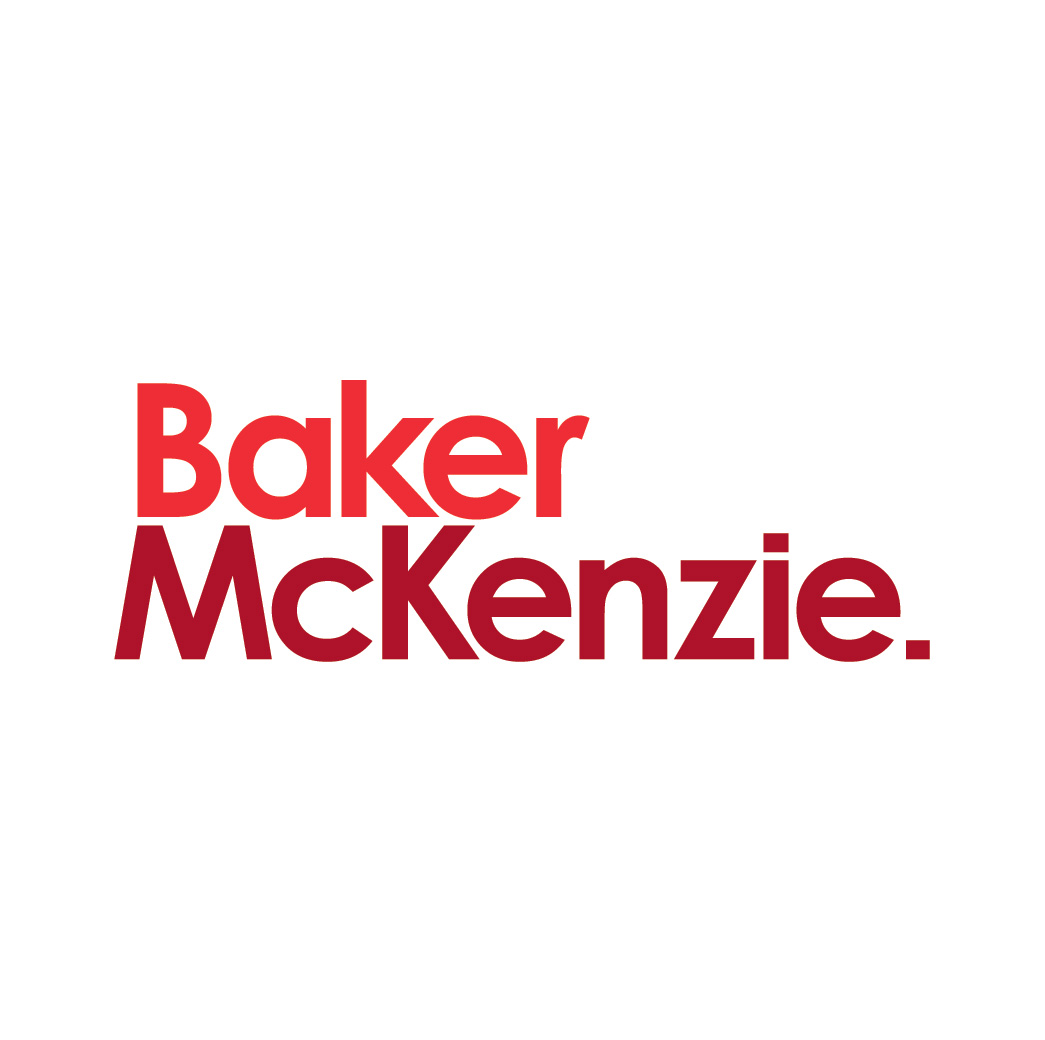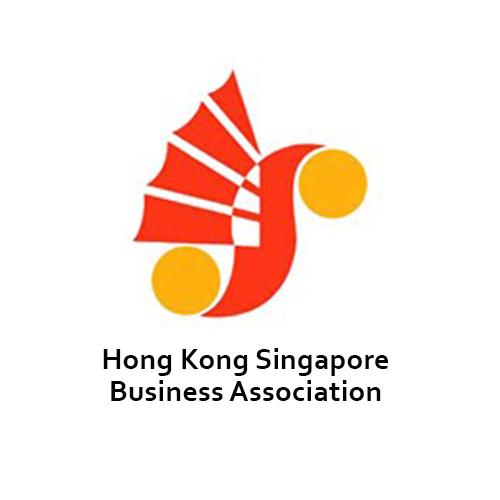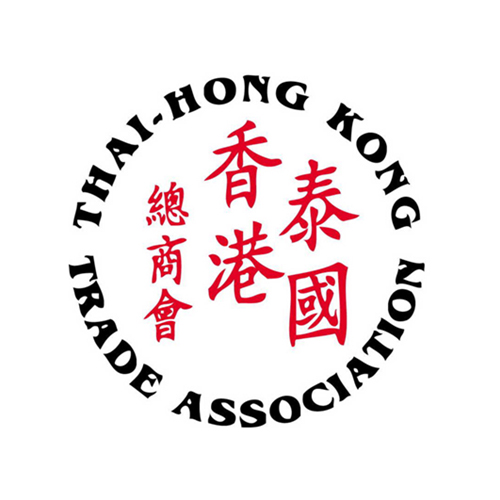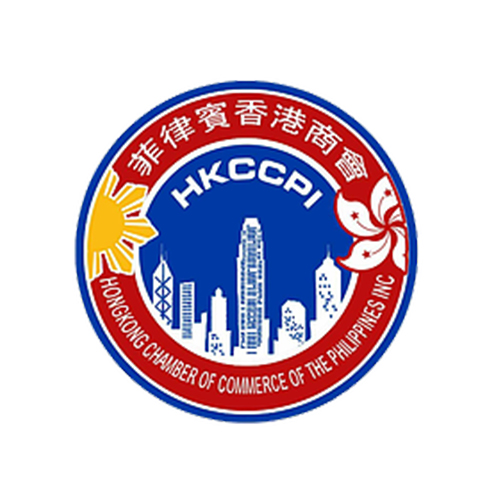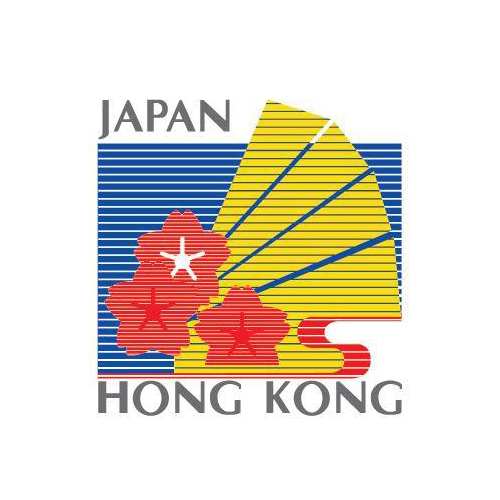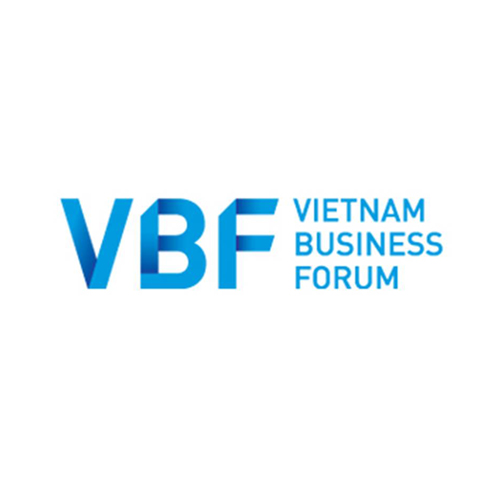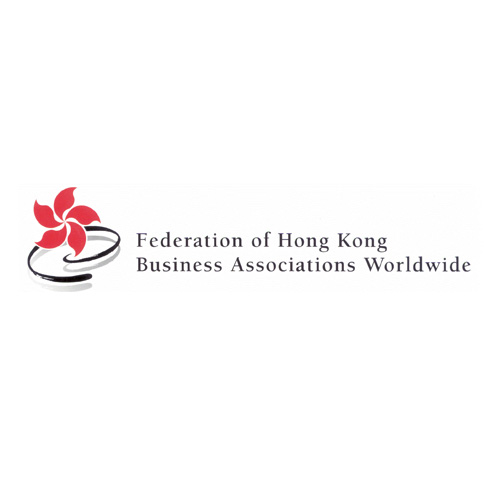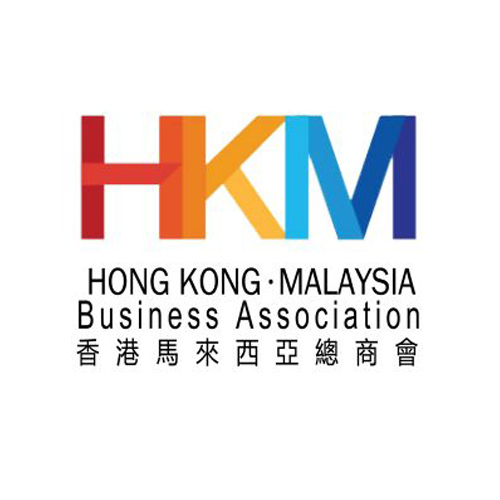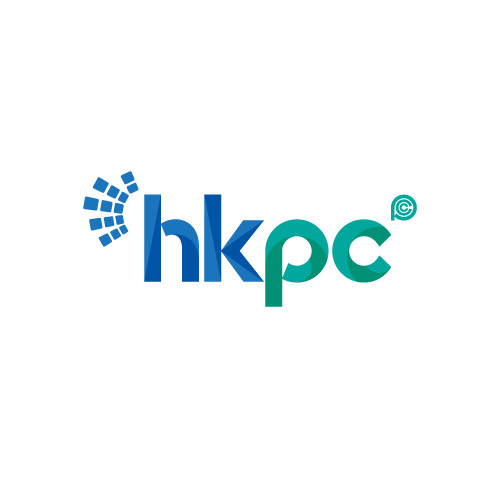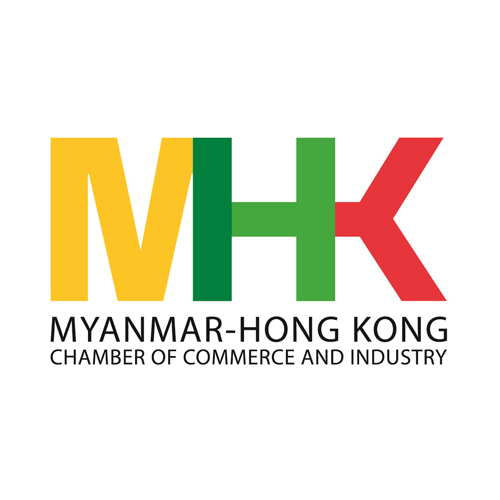Want to be in the loop?
subscribe to
our notification
Business News
IMPROVING BANKABILITY OF PPP PROJECTS IN VIETNAM
In recent years, many Public-Private Partnership (PPP) projects in transportation, energy, and other infrastructure sectors in Vietnam have failed to secure financing from commercial banks and other lenders. The lack of interest from lenders and financiers in these PPP projects has raised important questions about the bankability of projects procured under a PPP model.
Public agencies and local, private investors frequently remark on the difficulty in accessing bank financing for PPP projects. There is no universal definition of “bankable,” but from a commercial lender’s perspective, the bankability of a project is the level of willingness of potential lenders to finance the project. Understanding of bankability of PPP projects and mechanisms to improve it are key for government agencies to attract creditworthy investors and lenders in PPP infrastructure projects.
What is bankability?
Infrastructure finance requires large, long-term commitments from banks and debt providers—typically up to 80% of the total investment requirements of a project with a tenor as long as ten to twenty years.
A PPP project is bankable if lenders are willing to finance it. Lenders typically perform a detailed project assessment to determine the bankability of the project—the result of which is either financing can be secured, or financing cannot be secured. Investors, both equity and debt providers, will only invest in projects that are likely to generate financial returns to justify the risk assumed. The risks and returns, called the risk-return ratio, determine private sector interest.
There is a common misconception that bankability only refers to bankers and lenders, perhaps by the semantics of the term “bankability.” The argument, “Just let the bankers discuss and deal with the bankability aspect of the project,” is a serious oversimplification of the concept of bankability.
Commercial banks and other commercial infrastructure debt providers do not make a PPP project bankable. Rather, their responsibility is to assess the bankability of a PPP infrastructure project and, if found acceptable, provide the capital. If a project is unacceptable, bankers and lenders will move on in search of other projects.
Lenders are concerned about the risk profile of the project. Projects with a lackluster risk profile may be refused, or lenders may ask for any number of risk mitigations or credit enhancements that would raise the total cost of the project.
Bankability factors
There are many factors that must be considered to determine whether a PPP project is bankable. One of the most crucial factors is the availability of complete, correct, and accurate project information from the Authorized State Authority (ASA). It is vital that clear revenue streams, subsidies, availability payments, and guarantees, for example, be disclosed to build confidence with developers, investors, and lenders. The risk-return profile of a project is the key to bankability. The greater the risk, the greater the investment and lending costs. No institution will provide “free money” to a project that is risky.
Key criteria for bankability include the probability of meeting the project’s financial, environmental, and social goals, sufficient estimated cash flows to cover costs and produce returns that meet investor expectations, and whether the project will be sponsored and developed by a creditworthy and reputable entity. Though project bankability assessments criteria may differ between lenders, they all need confidence that the regulatory, environmental, social, and economic factors will not prevent the project from being completed successfully.
Improving bankability of PPP projects
In international practices, the bankability of a PPP infrastructure project should be determined at a much earlier phase of project lifecycle—typically at the project development stage. When an ASA prepares to publicly announce a project to attract private capital, it has to decide on the key risk-sharing protocol of the project. Designing an optimal risk-sharing protocol at the project development phase is at the crux of ensuring bankability. If the risks are not allocated to the right parties during a project’s conceptualization phase, the ultimate consequence is the inability to attract investors and lenders. Two approaches, complementary to each other, can play a significant role at this stage: project preparation and market sounding.
In the project preparation stage, the ASA should develop its own facility, or hire external resources, to develop bankable, investment-ready projects. Quality technical and financial support should be provided to responsible ASAs or project owners. The support can cover a wide range of activities, such as undertaking project feasibility studies, including financial and economic analysis, developing procurement documents and draft PPP project contracts, undertaking social and environmental studies, and creating awareness among the stakeholders.
Through market sounding exercises, important feedback from lenders can feed into the project preparation phase and shape the risk allocation matrix in a market-acceptable manner. The lending market and the appetite of lenders can vary over time due to a host of factors. These include legal and regulatory matters, global interest rate regimes, and capital market conditions. Obtaining lenders’ feedback early can be very useful to make the project bankable.
More knowledge about bankability and feasibility studies of PPP projects can be found on the Online VCCI-PPP In-depth training at: https://vcci-ppp.vn/en/ppp-training.
Source: VCCI
Related News
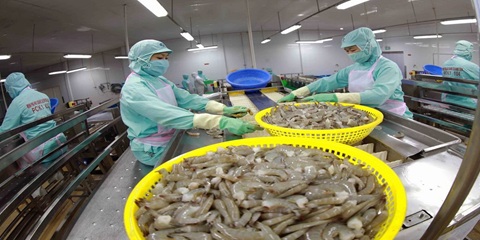
VIETNAM’S SEAFOOD EXPORTS HIT OVER US$10 BILLION IN JAN-NOV
Seafood export revenue in November alone amounted to nearly US$990 million, up 6.6% year-on-year. Key product groups posted solid gains. Shrimp exports rose 11.7% to over US$385 million, supported by strong demand for whiteleg shrimp and lobster. Tra fish shipments increased 9.7% to almost US$197 million, while marine fish, squid, and mollusk exports maintained their recovery.

VIETNAM’S AGRO-FORESTRY-FISHERY EXPORTS HIT NEW RECORD IN JAN-NOV
Vietnam’s agro-forestry-fishery export revenue reached an estimated US$64.01 billion in the first 11 months of 2025, up 12.6% year-on-year and surpassing the full-year record of US$62.4 billion set in 2024. Agricultural exports reached US$34.24 billion, up 15% year-on-year, while livestock products brought in US$567.4 million, a 16.8% increase. Seafood exports rose 13.2% to US$10.38 billion, and forestry products earned US$16.61 billion, up 5.9%.

HANOI REPORTS RECORD-HIGH BUDGET REVENUE IN 2025
Hanoi’s budget revenue is estimated to reach VND641.7 trillion in 2025, the highest level ever recorded and nearly 25% above the revised target, according to a report by the municipal government. Data from the city’s socioeconomic performance review shows that total state budget collections in 2025 are projected to reach 124.9% of the adjusted plan and rise 24.9% from 2024, the Vietnam News Agency reported.
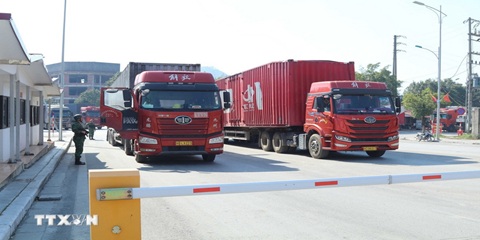
VIETNAM, CHINA TO PILOT TWO-WAY CARGO TRANSPORT AT LANG SON BORDER
Vietnam and China will launch a one-year pilot program on December 10 to allow two-way cargo transport through the Huu Nghi–Youyi Guan international border gates in Lang Son Province, reported the Vietnam News Agency. The Dong Dang-Lang Son Economic Zone Management Board said the trial aims to reduce transport costs and improve customs clearance capacity.
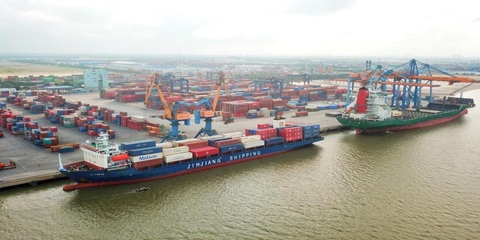
VIETNAM’S IMPORT-EXPORT VALUE NEARS US$840 BILLION IN JAN-NOV
The total value of Vietnam’s imports and exports was nearly US$840 billion between January and November this year, the highest level ever recorded, according to the National Statistics Office. In its latest report on the country’s socio-economic performance, the National Statistics Office highlighted a series of positive economic indicators, with trade emerging as one of the strongest drivers of growth.

OVER 19 MILLION INTERNATIONAL VISITORS COME TO VIETNAM IN JAN-NOV
Vietnam received more than 19.1 million international visitors in the first 11 months of 2025, a 20.9% increase year-on-year and the highest level ever recorded, according to the National Statistics Office. The figure surpasses the full-year record of 18 million arrivals set in 2019, before the Covid-19 pandemic. Nearly two million foreign visitors arrived in November alone, up 14.2% from October and 15.6% from the same period last year.
